Viking XX - the solar road proa
I’ll bet you didn’t know a proa won second place in the first solar race ever held in the United States! Originally called Sunrayce USA, the first race was organized and sponsored by General Motors in 1990 in an effort to promote automotive engineering and solar energy among college students. The original, 1,800 mi (2,900 km) Sunrayce USA route started at Disney World in Orlando, Florida and ended at the General Motors Technical Center in Warren, Michigan.
Dr. Michael Seal, founder of Western Washington University’s famous Vehicle Research Institute, encouraged his students to think outside the box, and they really outdid themselves with the Viking XX, an advanced composite, monocoque chassis, two person, solar powered vehicle.
Someone noticed that the predominantly north-south route of the Sunrayce meant that the sun’s rays would almost always be coming at the vehicle from the side, so they angled the panel to present more surface area to the sun. When the sun moves to the other side of the sky later in the day, the car is turned around so that the sloping solar panel can take maximum advantage of the sun’s changing position. The two occupants sit back to back. Both seating positions have full controls – steering, throttle, brakes, etc. The passenger and driver switch roles without changing seats when the car is turned around.
The Viking XX was 2nd in the 1990 GM Sunrayce USA (Orlando to Detroit), 5th in the 1990 World Solar Challenge in Australia, and 1st in the California Clean Air Race (Sacramento to Los Angles). In all the races it was the first 2-person vehicle to finish.
VRI at Western Washington University
Restoring the Viking XX - on Youtube
Popular Science, June 1990. Rays of Brilliance

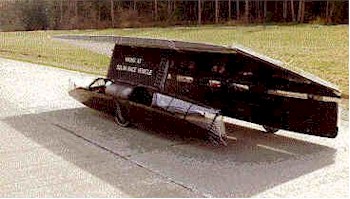
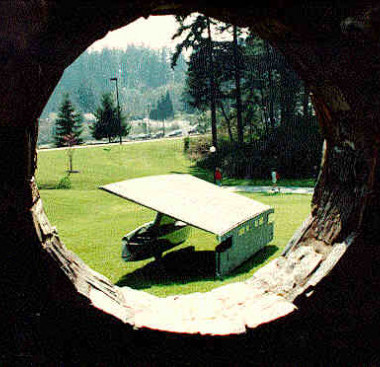
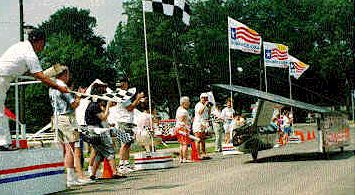
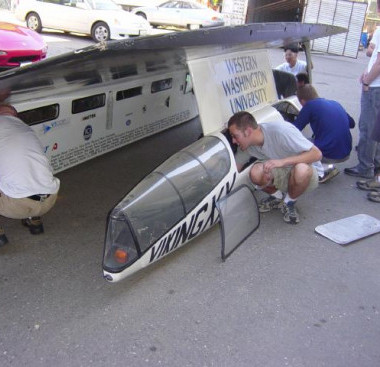
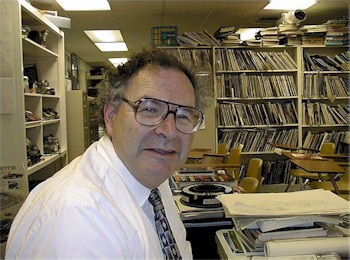


The vehicle is currently on display at the Lemay museum in Tacoma WA.
https://www.americascarmuseum.org/
A bit twitchy at speeds over 45 and so at times it was driver limited. Although Dr. Seal’s cousin was able to whisk it along at 60+ during his driving stints.
( https://en.m.wikipedia.org/wiki/Ian_Ashley )
The twitchy sterling was mostly due to the cable steering.
It was set-up in such a way so that it could steer to turn as well as steer to “crab” so that it could make us of not only the solar, but also the angle of attack relative to any wind so as to generate additional thrust!